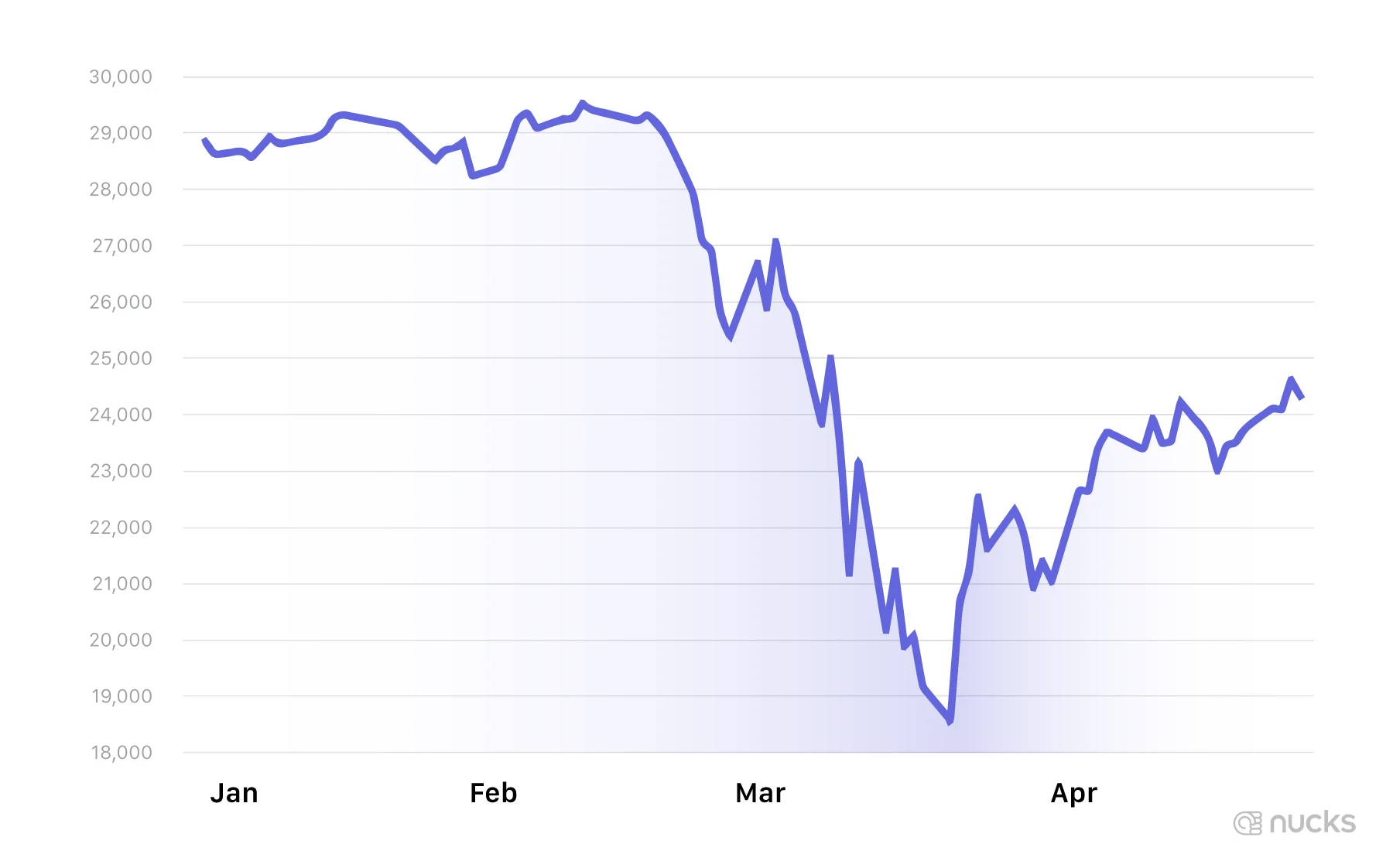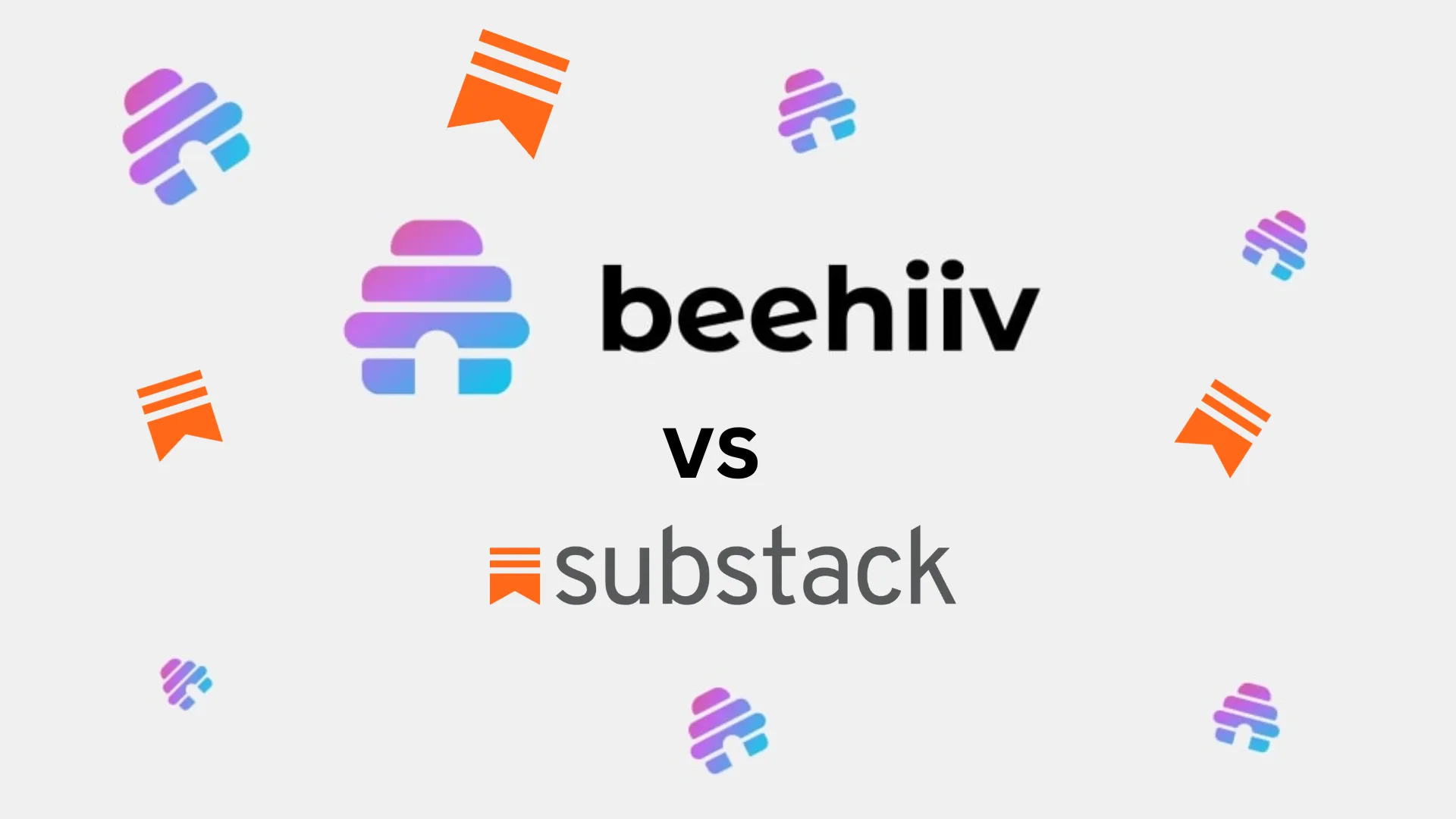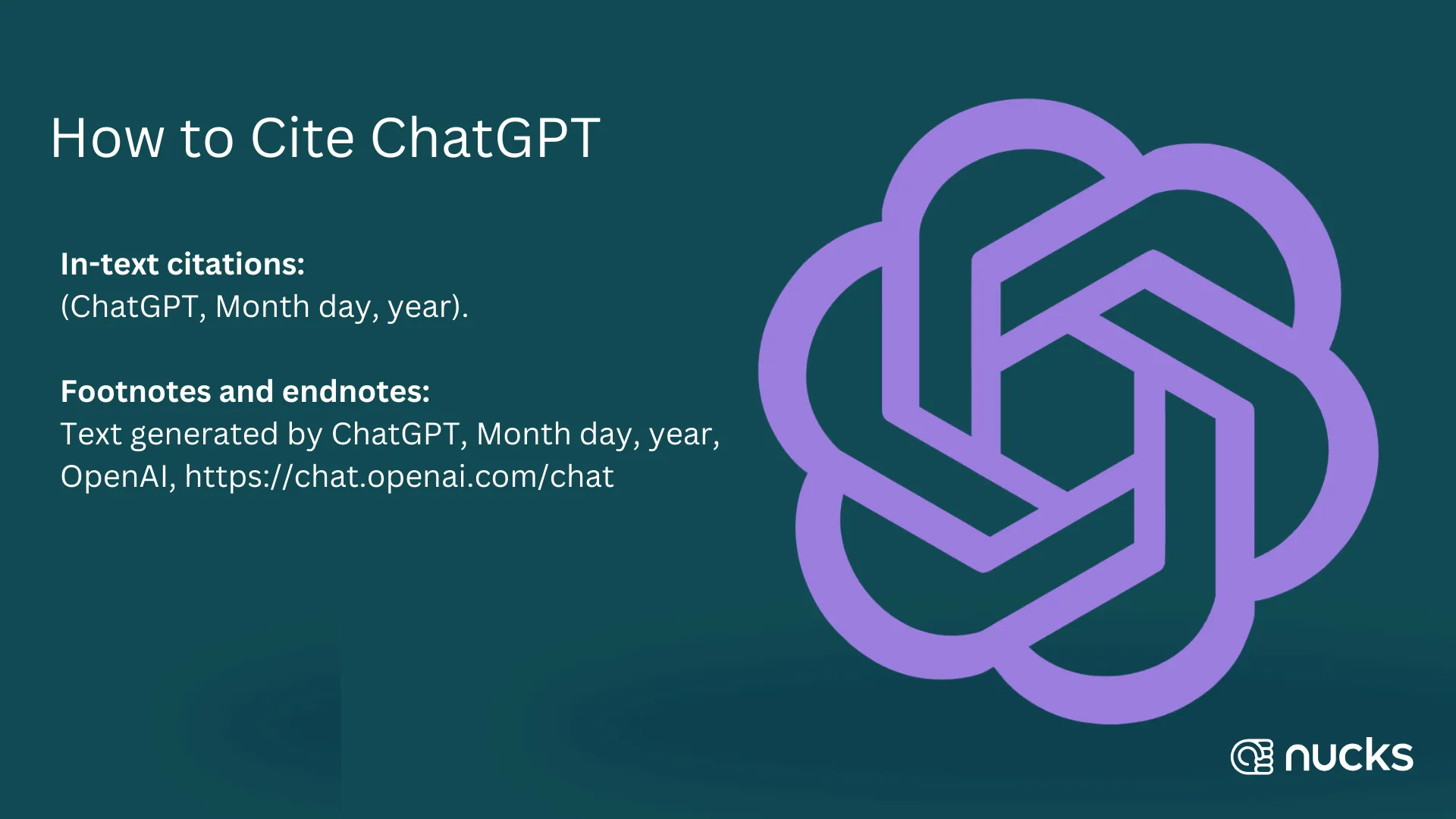2020 will be unforgettable. Americans across the country felt repercussions as our country slowed to a standstill. With forced small business closures, it was inevitable that markets would also take a hit.
Sure enough, on February 20, 2020, the stock market began its steep decline. The stock market crashed and lost 34% from its previous high in a matter of two months.
My wife and I hold a portfolio consisting largely of VTSAX (Vanguard’s Total Market Index Fund), which lost a tremendous amount of value during that time. It’s difficult to watch hard-earned dollars evaporate into thin air, but we invest for the long term, and periods like this are expected.
We put emotions aside and rode the rollercoaster as though our money wasn’t being washed down the drain. Because it wasn’t. Only if we sold and realized the losses would it truly affect our finances.
Thankfully, my wife and I were in a position to continue investing throughout the decline. Our investments are automated so we didn’t need to touch a thing, and we continued to put money into the market every other week. This was our first chance to buy stocks at a deep discount, and although it seemed at the time that stock prices could drop indefinitely, we knew better. And we certainly knew better than to try and time the market.
However, when all was said and done, we did sell a large number of shares that resulted in a $9,299.73 loss. How does that fit into our long-term strategy? And why would we want to sell stocks that had lost so much value?
We did not sell because of fear. It wasn’t that we thought the market was going to drop further either, or that we would lose all that we had. Instead, we used a strategy called tax-loss harvesting to make lemonade out of a tough situation.
By selling our shares, we were able to make hundreds of extra dollars this year. Let me explain.
What is Tax-Loss Harvesting?
Tax-loss harvesting, or TLH, is an investment strategy where someone sells stocks at a loss to offset gains on their taxes. This works because the money that comes from the sale is invested directly into another fund with similar performance, meaning the money is left in the market.
Doing this allows the savvy investor to take advantage of tax laws that credit against short-term capital gains and up to $3,000 of regular income in a year.
Here are the steps:
Steps of Tax-Loss Harvesting
- Identify shares that aren’t performing well and/or that have sizable losses.
- Sell your existing shares to realize a loss.
- Immediately invest the money from the sale into a similar fund or different stocks.
- Keep the money there for at least 30 days so you don’t create a wash sale.
Sometimes tax-loss harvesting is easiest explained via an example.
An Example
The math plays out like this:
Let’s say that a couple makes $100,000 per year. If they have no short-term capital gains from their investments and are filing jointly, they would owe 13.58% or $13,580 in federal taxes.
They sold stocks to incur $3,500 of losses and invested their money into a different fund with similar performance. Now they can use their loss as a credit come tax season for the amount of $3,000 this year. That means that they would only be taxed on $97,000 of income instead of $100,000, which would make the amount they owe in taxes $12,920.
If you do the math, you’ll see that by using this strategy they earned $660! All by knowing this simple little trick.
$13,580 - $12,920 = $660 in savings
And the losses that are not used this year can be credited for use in future years as well. So not only will they save $660 this year, but in the coming year, they can use the extra $500 to offset that year’s taxes as well.
In other words, tax-loss harvesting is a smart strategy to make more money by selling stocks at a loss.
No tax laws come without their rules, so before you go off and implement this strategy, we better talk about the nuances that complicate tax-loss harvesting.
Tax-Loss Harvesting Rules
- The Wash Sale Rule
When doing tax-loss harvesting, you need to beware of wash sales.
Wash sale = Selling shares and then buying the same stock within a 30-day period.
When you participate in a wash sale, the amounts bought before or after the sale will counteract any losses or gains that were realized. To steer clear of wash sales, you should not buy shares 30 days before you sell or 30 days after you sell. This includes dividends that you may unknowingly receive and funds that you have in retirement accounts.
Wash sales are not restricted to a single account, so be aware that your spouse’s accounts will affect this as well.
- Use Varying Stocks
Another tax-loss harvesting rule to be aware of is that the funds you buy and sell have to be different. You can’t sell energy stocks and then buy shares in an energy fund immediately after. You also can’t take the money from a mutual fund sale and move it into the ETF version of the same fund. This would invalidate any losses you may have harvested.
To be safe here, ensure that the stocks you buy and the stocks you sell do not closely resemble each other. Or you could wait 31 days until the risk of a wash sale is over and buy again, but you risk that the market may move higher during that time.
- TLH is to be used with non-retirement accounts
Tax-loss harvesting isn’t useful for retirement accounts such as a 401(k) or an IRA, because the losses generated in these accounts can’t be deducted from your income. As such, you should only use TLH when dealing with taxable accounts.
Does Tax-Loss Harvesting Improve Investment Performance?
Tax-loss harvesting is believed to have a positive impact on investment performance over the long run. It can be complicated when done manually, but more and more options are popping up that make it easier to do with software.
A recent study from Wealthfront showed that tax-loss harvesting could have improved the gains of a portfolio by up to 1.55% between 2000 and 2013. That’s a lot of money, depending on how much you have invested.
So yes, tax-loss harvesting is well worth the effort and can provide significant gains when done correctly.
Who Benefits from Tax-Loss Harvesting?
Tax-loss harvesting can be done manually by an individual, or there are also several robo-advisor platforms such as Wealthfront and Betterment that offer it as well. Any proficient financial advisor or wealth manager should be able to provide tax-loss harvesting to you as well, but you will want to verify that they do.
I choose to do tax-loss harvesting on my own because it saves my wife and I a lot of money from paying advisory fees, and it’s really not difficult to do once you know what you’re doing. I’ll show you what the process looked like in Vanguard, which is where we handle our investments.
Tax-Loss Harvesting with Vanguard
If you remember, our portfolio was mostly filled with VTSAX—Vanguard’s Total Stock Market Index Fund. I needed to find an alternative fund with similar returns to move our money into that would not trigger a wash sale.
The fund that I chose was VFIAX, an index fund that tracks the S&P 500. With the hardest decision out of the way, it was time to do the dirty work. Here are the steps to replicate what I did.
First, log into Vanguard and click on “Holdings” from your account page.
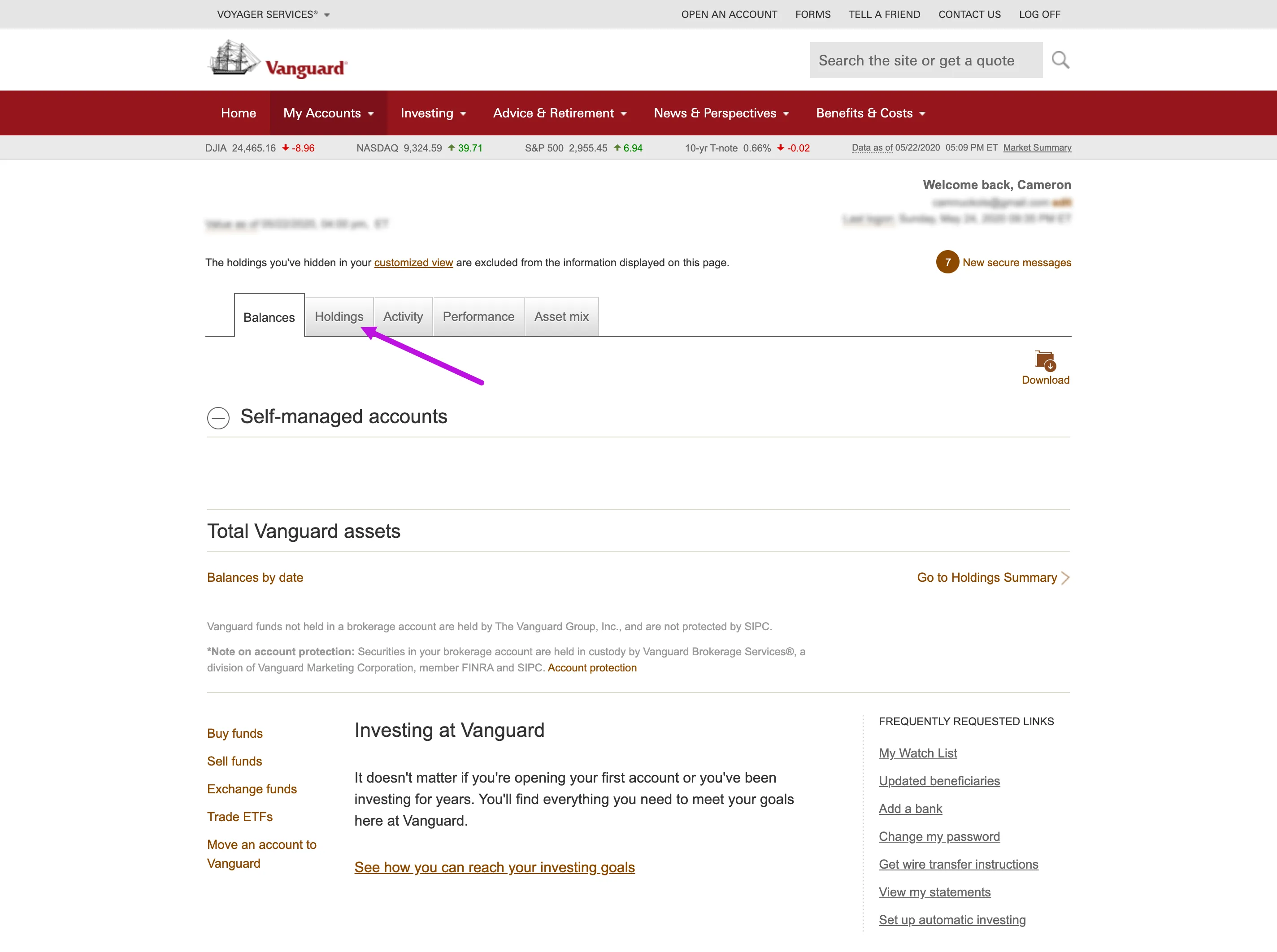
Then click “Transact”, which opens up a dropdown full of transaction options.
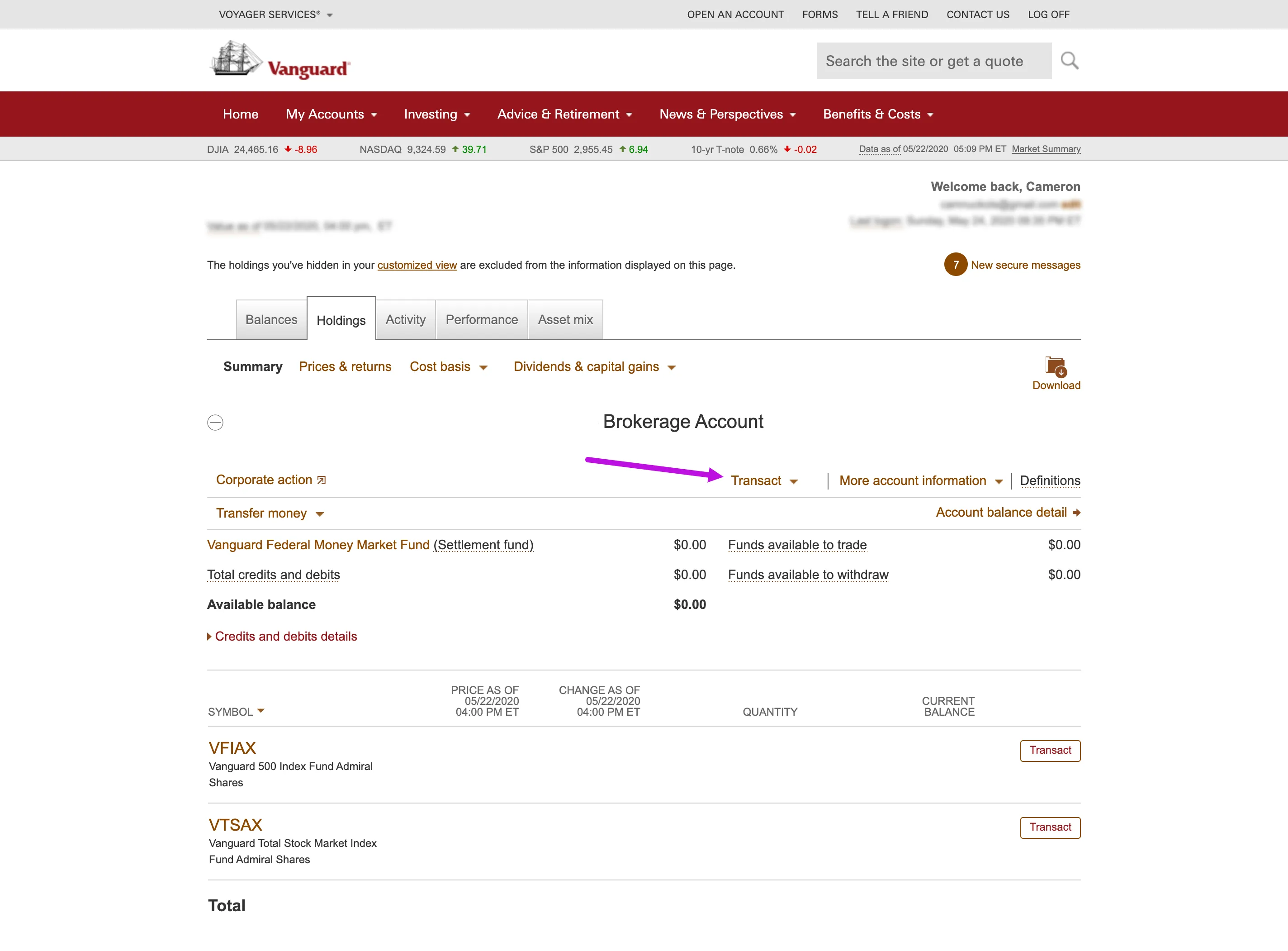
After that, you’ll want to make sure and click on “Exchange Vanguard funds” to buy and sell the funds in a single transaction. Vanguard provides this capability for free, and it’s very helpful when tax-loss harvesting.

That will open a page that will show you your funds. Select the fund or funds that you want to exchange and then click “Continue”.
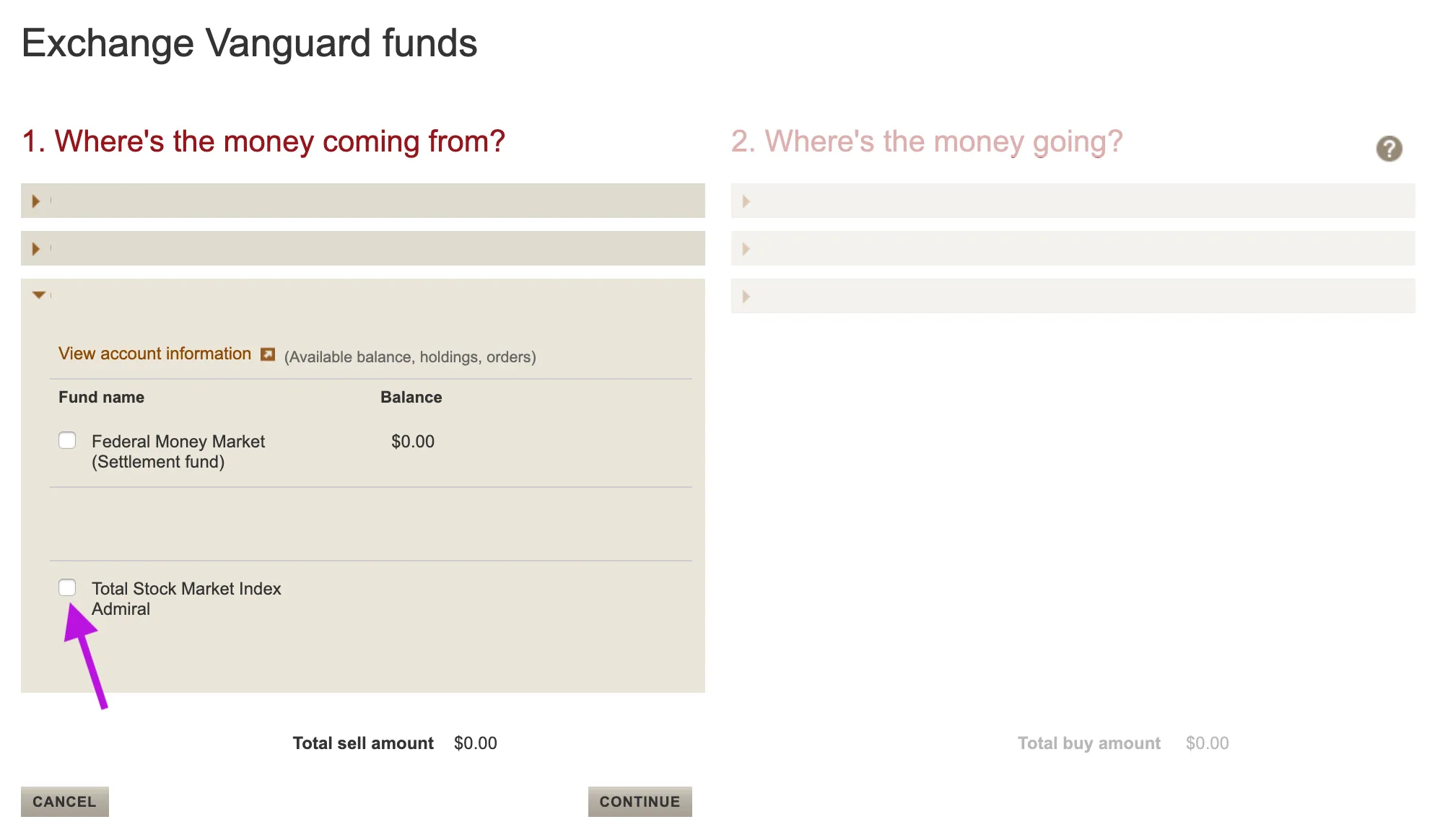
When you press “Continue”, it should open up a modal that allows you to choose which stocks to sell. All of your shares will be listed, along with the purchase dates and the performance of the shares. Choose “All” for any of the shares that incurred losses that you want to sell.
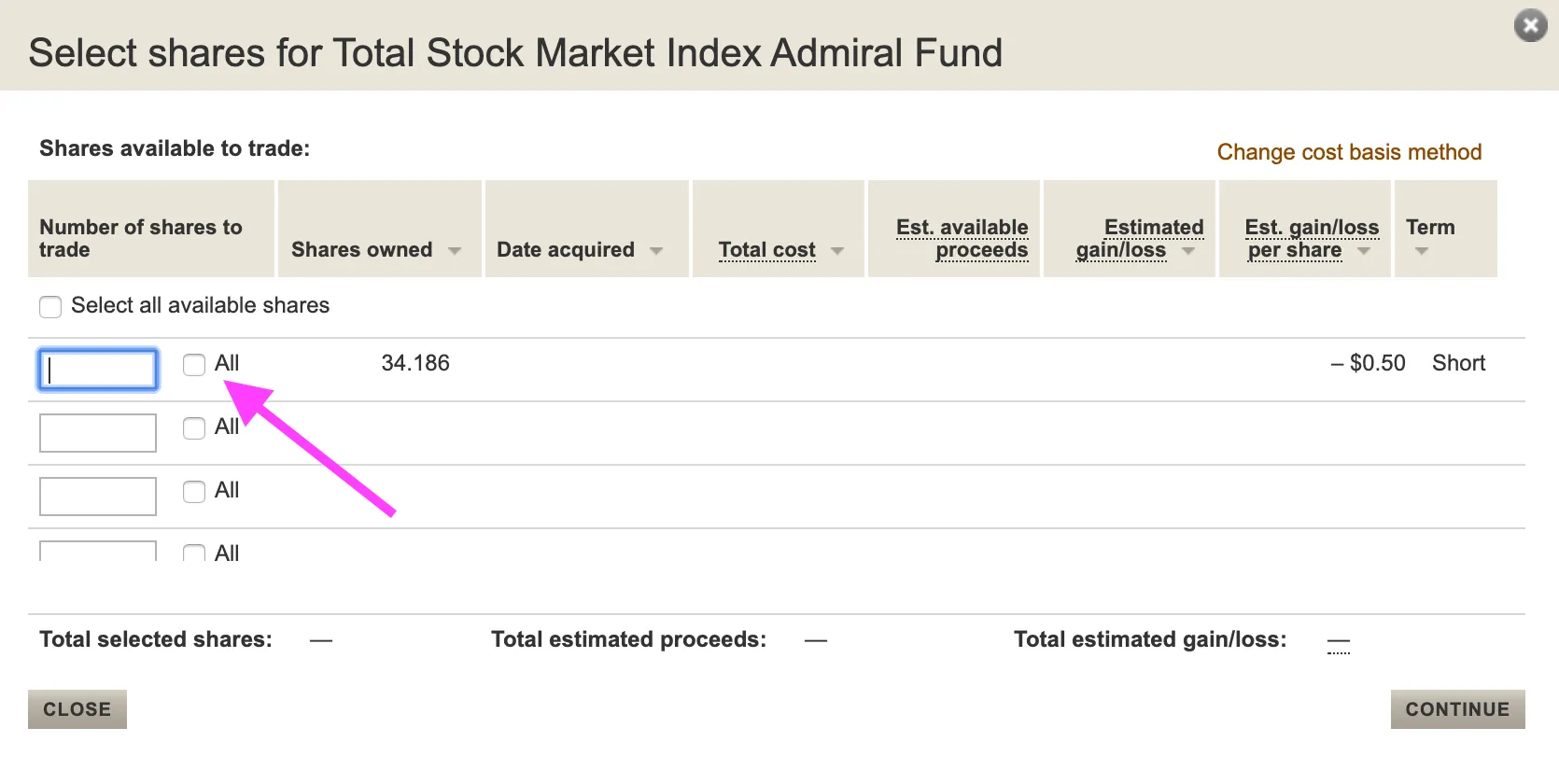
If you don’t see this modal, make sure to click “Change cost basis method” in the top right of the screen and change it to be “Specific identification”. You may have to wait a day for this change to take place, so that’s something to be aware of.
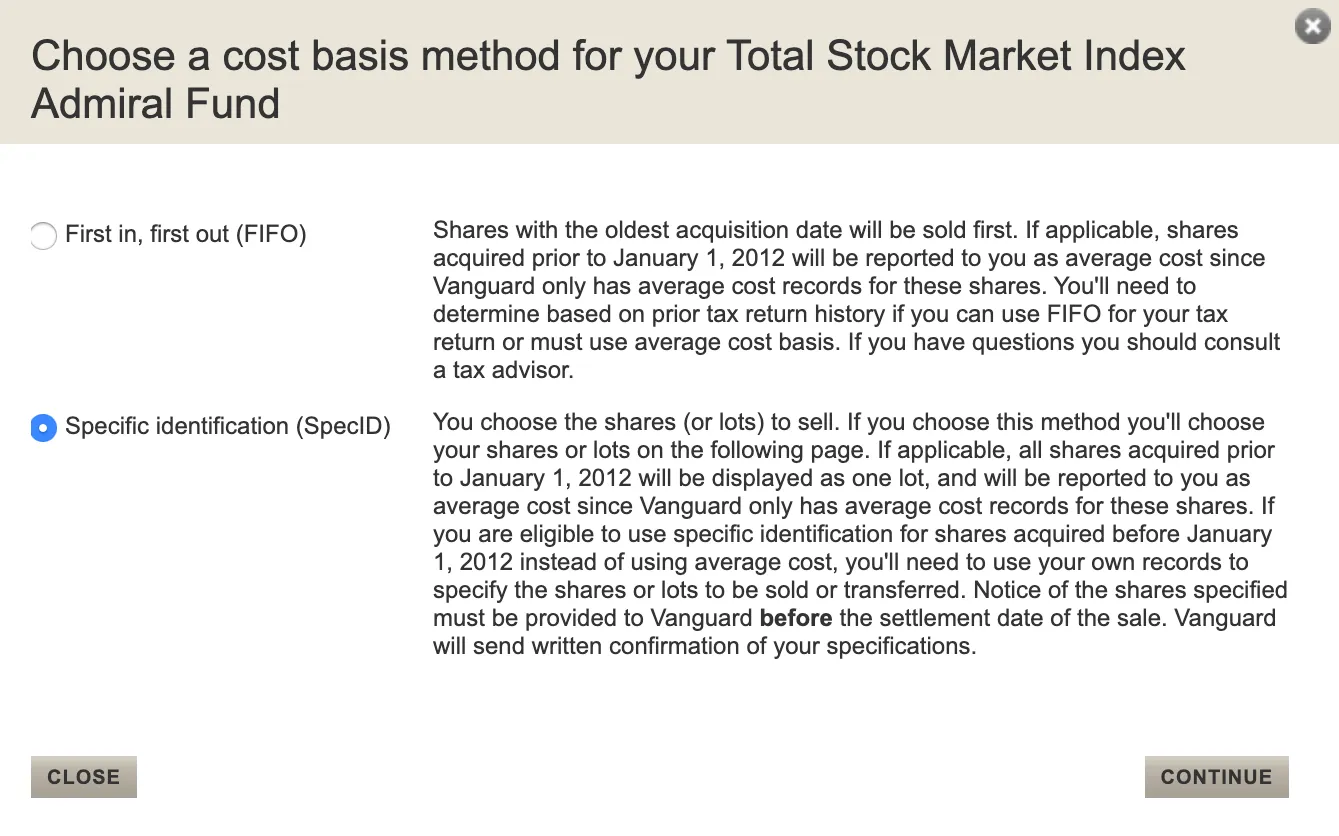
Once you have your cost basis selected and have chosen the shares you want to sell, you’ll be taken to a final confirmation page which will show you all the information of the transaction. Add the fund you want to transfer the money to here and then select “Continue”.
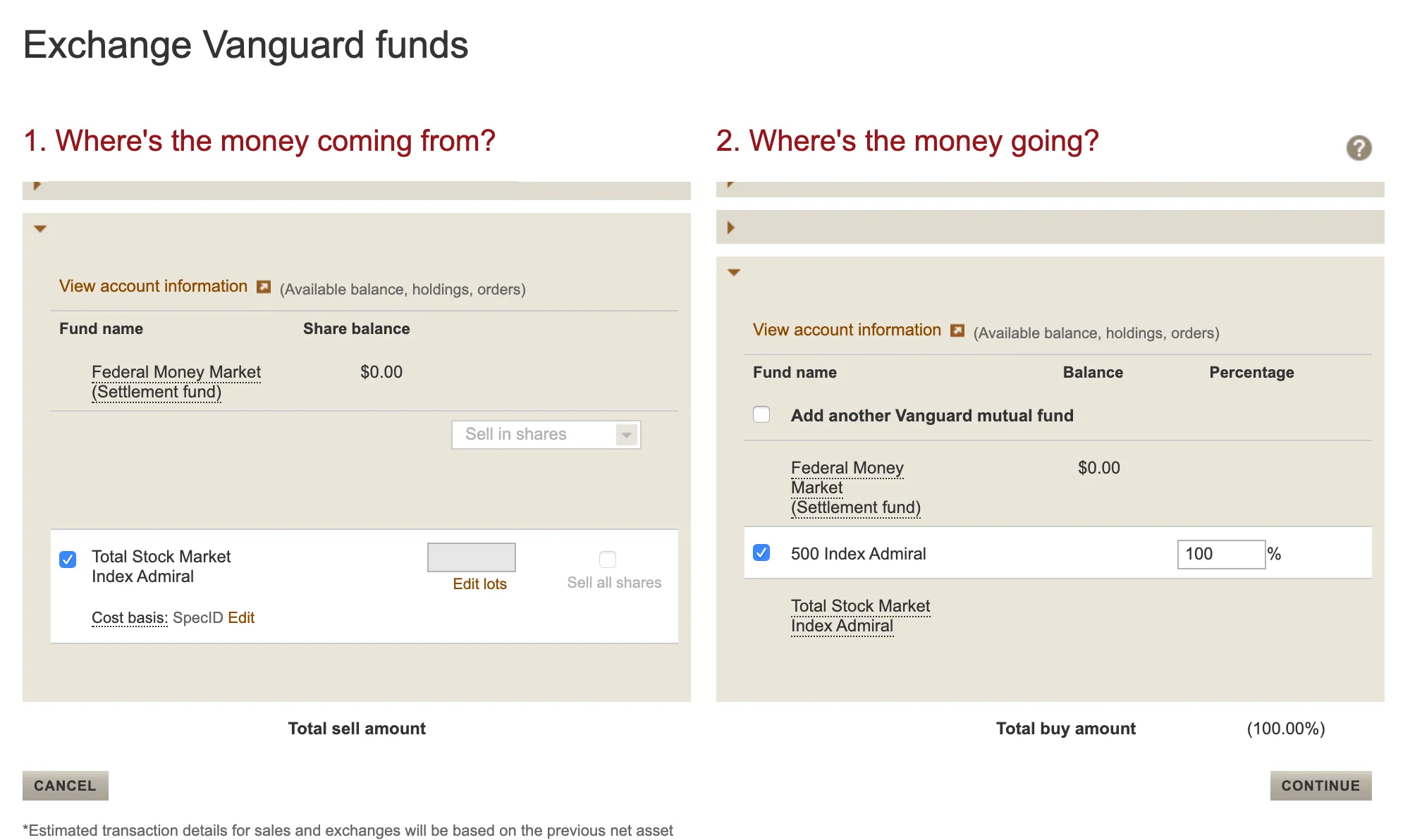
That should take you to a final confirmation page, and then you’ll be done.
There you have it! That’s how you can manually tax-loss harvest with Vanguard. From here, you’ll want to ensure that all other accounts that either you and/or your wife own will not buy shares from the fund you just sold for the next 30 days so as to not trigger a wash sale.
Summary
In a perfect world, our investments would only go up. But since they don’t, it’s good to learn strategies such as tax-loss harvesting to increase your portfolio’s performance when you incur losses.
Although my wife and I lost $9,299.73 this year, we actually gained hundreds of dollars by doing so. We still have that money in the market in a well-diversified index fund, and we’re looking forward to the coming years when we can use the losses from this year to offset gains in future years as well.
What do you think? Are you going to use tax-loss harvesting to your advantage?
